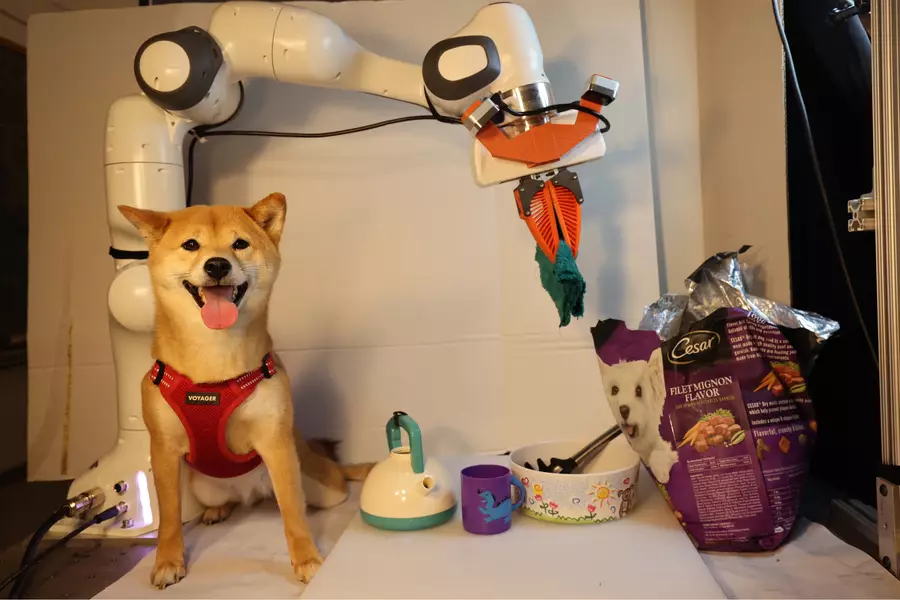In a remarkable breakthrough, researchers at the Massachusetts Institute of Technology (MIT) have unveiled a game-changing method for training robots that departs from traditional data-focused approaches. Typically, robots are taught to perform tasks using a finite set of specific data. However, MIT’s new strategy mirrors the expansive datasets employed to train large language models (LLMs), such as GPT-4. This radical shift in approach raises intriguing possibilities for enhancing the capabilities of robots across various environments and tasks.
The Limitations of Imitation Learning
One of the primary challenges in robotic training has been the limitations inherent in imitation learning. This method allows robots to learn by observing human-task execution. While effective in controlled scenarios, imitation learning can falter in the face of variations, such as altered lighting conditions, new environments, or unexpected obstacles. In essence, when faced with unfamiliar circumstances, robots often lack the requisite data to navigate these challenges effectively. Hence, the need for more robust training methodologies has become critical in advancing the field of robotics.
To tackle these hurdles, the MIT team has proposed a novel architecture named Heterogeneous Pretrained Transformers (HPT). This innovative framework integrates data from multiple sensors and diverse environments, providing a more robust foundation for training. The use of transformers to synthesize varying data types into coherent training models marks a significant advancement in the field. As Lirui Wang, the lead author, explains, replicating the same scale of data processing and adaptability seen in language models requires a fundamentally different architecture to accommodate the complexity of robotics.
HPT’s success hinges on leveraging larger transformer models, which translate input data into actionable outputs with improved efficacy. As users input parameters such as the robot’s design, configuration, and desired tasks, the system brilliantly optimizes the training process. The ultimate aspiration articulated by the research team is to create a universal robot brain—one that can be effortlessly downloaded and implemented for any robot without requiring extensive training.
The implications of this research reach far beyond MIT’s labs. Funded in part by the Toyota Research Institute (TRI), the project signifies the burgeoning collaboration between academia and industry in robot learning. TRI’s prior advancements, such as their overnight training methods unveiled at TechCrunch Disrupt, dovetail perfectly with MIT’s innovative architecture. Additionally, a strategic partnership between TRI and Boston Dynamics foreshadows the integration of robotic learning research with advanced hardware capabilities.
As this research unfolds, it has the potential to dramatically redefine how robots are trained, enhancing their adaptability and efficiency. If successful, MIT’s approach could lead to significant breakthroughs similar to those achieved with large language models, pushing the boundaries of what is possible in robotic automation and artificial intelligence.
The pioneering work at MIT showcases an exciting future for robotics, emphasizing the importance of comprehensive data utilization and innovative training methodologies. With efforts aimed at bridging the gap between human-like adaptability and machine learning capabilities, the advancements in Heterogeneous Pretrained Transformers could very well set the stage for a new era in robotics, where machines are equipped to tackle challenges in real-time across various contexts. As researchers continue to evolve this promising technology, the dream of a universal robotic intelligence becomes increasingly attainable.

